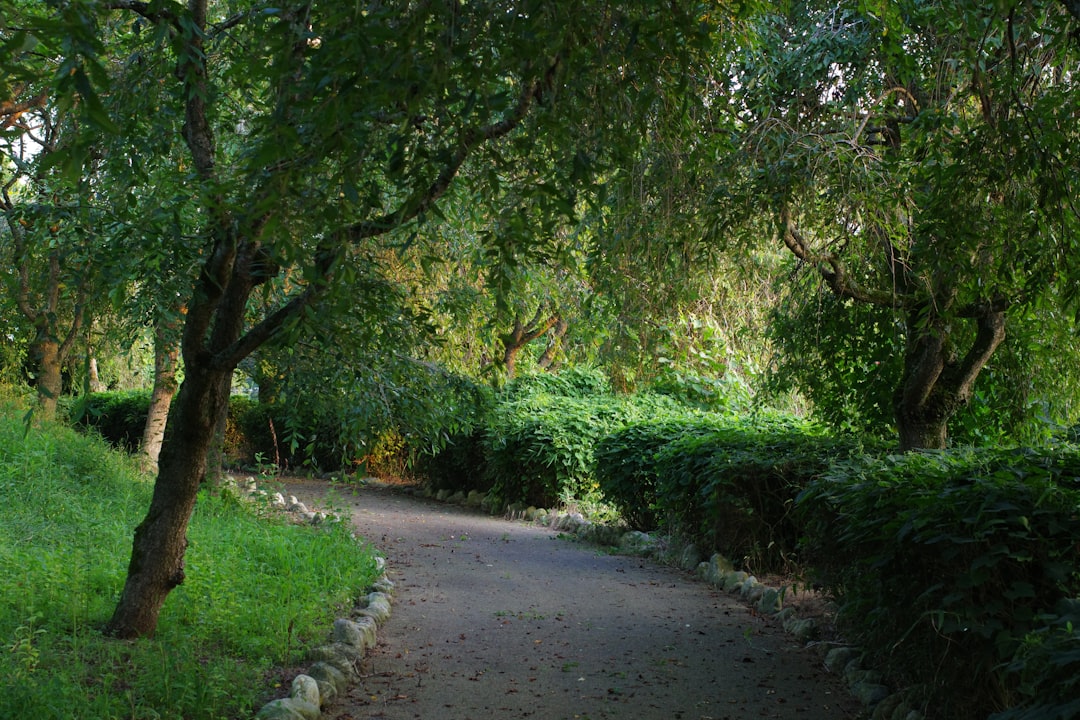Unleashing the Magic of Flower Combinations in Your Garden

Embarking on the journey of gardening is like opening a door to a world of endless possibilities. One of the most enchanting aspects of creating a beautiful garden is the art of combining different flowers. The right flower combinations can transform an ordinary patch of land into a breathtaking landscape that delights the senses and soothes the soul.
When it comes to flower combinations, there are several factors to consider. Color is perhaps the most obvious one. The interplay of colors can create a harmonious or a striking contrast, depending on your design goals. For instance, pairing warm colors like red, orange, and yellow can create a vibrant and energetic atmosphere, while cool colors such as blue, purple, and green can evoke a sense of calm and tranquility.
Take, for example, the combination of red tulips and yellow daffodils. The bold red of the tulips stands out against the bright yellow of the daffodils, creating a visually stunning display. This combination is perfect for adding a pop of color to a spring garden. Another classic color combination is purple lavender and pink peonies. The soft, romantic hues of these flowers complement each other beautifully, creating a dreamy and elegant look.
Texture is another important element to consider when mixing and matching flowers. Different flowers have different textures, from the smooth petals of a rose to the spiky leaves of a hollyhock. Combining flowers with varying textures can add depth and interest to your garden. For example, pairing the delicate, feathery foliage of a fern with the large, showy blooms of a hydrangea creates a contrast that is both visually appealing and texturally interesting.
Bloom time is also a crucial factor in creating successful flower combinations. By choosing flowers that bloom at different times throughout the season, you can ensure that your garden is always in bloom. For instance, you can plant early-blooming bulbs like crocuses and snowdrops in the spring, followed by mid-season flowers like irises and peonies, and then finish off with late-blooming perennials like asters and chrysanthemums. This way, your garden will have a continuous display of color and beauty from early spring to late fall.
One popular flower combination that takes advantage of different bloom times is the combination of daffodils, tulips, and alliums. Daffodils are some of the first flowers to bloom in the spring, followed by tulips a few weeks later. Alliums, on the other hand, bloom in late spring to early summer, adding a unique and architectural element to the garden. This combination not only provides a long-lasting display of color but also adds height and structure to the landscape.
Another great way to create beautiful flower combinations is to consider the natural habitats of the flowers. Many flowers have evolved to grow together in specific ecosystems, and by mimicking these natural combinations, you can create a more sustainable and low-maintenance garden. For example, native wildflowers are often well-suited to the local climate and soil conditions, and they can attract beneficial insects and wildlife to your garden. Combining native wildflowers like black-eyed Susans, coneflowers, and bee balm can create a beautiful and ecologically friendly garden that is both attractive and functional.
In addition to color, texture, bloom time, and natural habitats, you can also consider the height and shape of the flowers when creating combinations. Tall flowers like delphiniums and foxgloves can add vertical interest to the garden, while low-growing flowers like pansies and violas can be used to fill in the gaps and create a carpet of color. By varying the height and shape of the flowers, you can create a more dynamic and visually appealing landscape.
Finally, don't be afraid to experiment and have fun with your flower combinations. Gardening is a creative process, and there are no hard and fast rules. You can mix and match different flowers based on your personal preferences and the style of your garden. Whether you prefer a formal, structured garden or a more relaxed, naturalistic one, there are endless possibilities for creating beautiful flower combinations that will make your garden a true oasis.
In conclusion, the art of combining different flowers is a key aspect of creating a gorgeous garden. By considering factors such as color, texture, bloom time, natural habitats, height, and shape, you can create flower combinations that are not only visually stunning but also sustainable and low-maintenance. So, go ahead and unleash your creativity, and start mixing and matching these flower combinations to transform your garden into a beautiful and enchanting place.